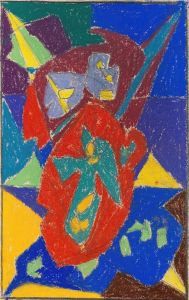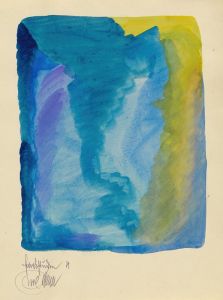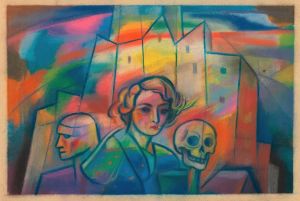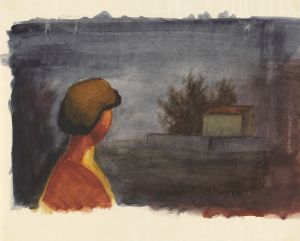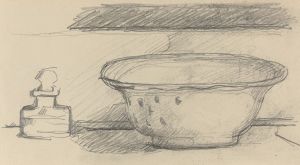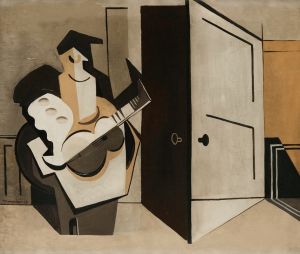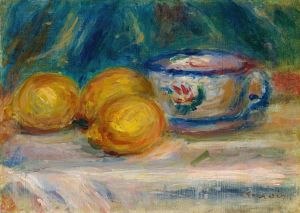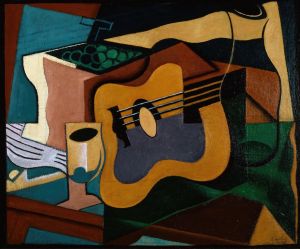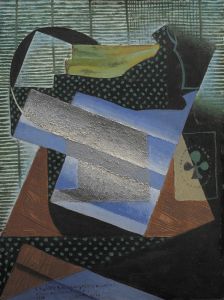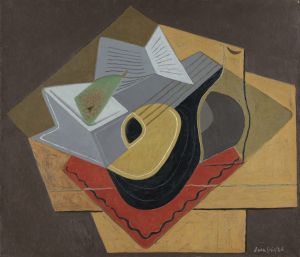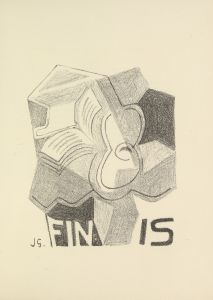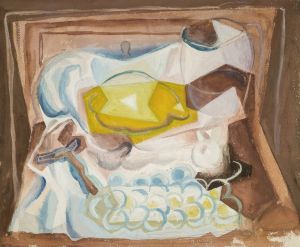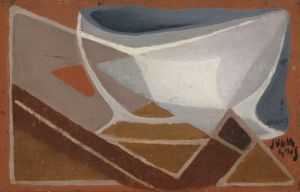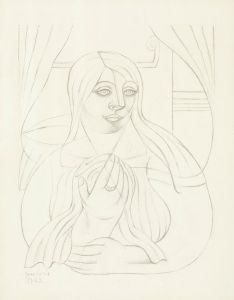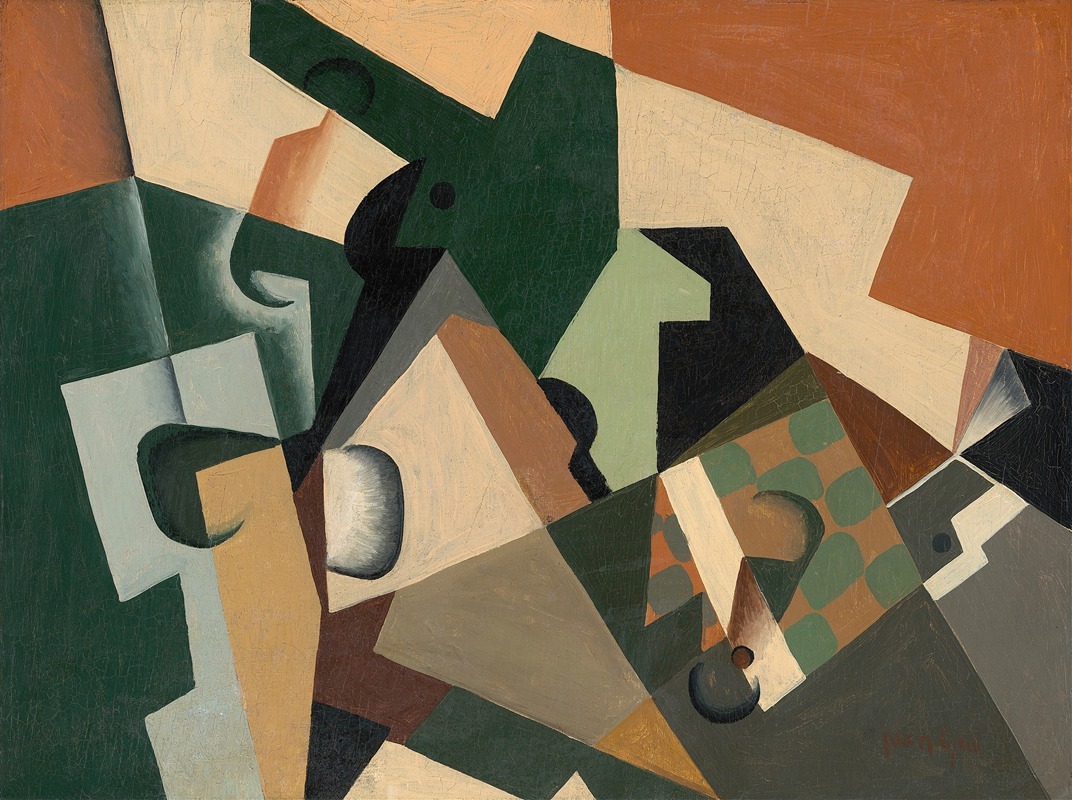
Glass and Checkerboard
A hand-painted replica of Juan Gris’s masterpiece Glass and Checkerboard, meticulously crafted by professional artists to capture the true essence of the original. Each piece is created with museum-quality canvas and rare mineral pigments, carefully painted by experienced artists with delicate brushstrokes and rich, layered colors to perfectly recreate the texture of the original artwork. Unlike machine-printed reproductions, this hand-painted version brings the painting to life, infused with the artist’s emotions and skill in every stroke. Whether for personal collection or home decoration, it instantly elevates the artistic atmosphere of any space.
"Glass and Checkerboard" is a painting created by the Spanish artist Juan Gris, a prominent figure in the Cubist movement. Painted in 1917, this work exemplifies Gris's mature style, characterized by a refined approach to Cubism that incorporates a balance of abstraction and representation. Gris was known for his use of geometric forms, vibrant color palettes, and a meticulous sense of composition, all of which are evident in this piece.
The painting depicts a still life arrangement, a common subject in Gris's oeuvre. As the title suggests, the composition includes a glass and a checkerboard, along with other objects that are fragmented and reassembled in a Cubist manner. Gris's technique involves breaking down objects into geometric shapes and reconfiguring them on the canvas, creating a sense of depth and movement. The checkerboard pattern, a recurring motif in his work, adds a dynamic visual rhythm to the composition.
Gris's use of color in "Glass and Checkerboard" is particularly noteworthy. He employs a harmonious palette of muted tones, including shades of gray, brown, and blue, punctuated by occasional brighter accents. This careful use of color enhances the painting's sense of structure and balance, reflecting Gris's interest in creating order and clarity within the complexity of Cubist abstraction.
The painting was created during a period when Gris was exploring the possibilities of Synthetic Cubism, a phase of Cubism that emphasized the construction of images using simpler shapes and brighter colors compared to the earlier Analytical Cubism. Unlike the fragmented and monochromatic style of Analytical Cubism, Synthetic Cubism often incorporated elements of collage and a more decorative approach, which can be seen in Gris's work from this time.
"Glass and Checkerboard" is housed in the collection of the Museo Nacional Centro de Arte Reina Sofía in Madrid, Spain. The museum holds a significant number of works by Juan Gris, reflecting his importance as a key figure in the development of modern art. This painting is considered an excellent example of Gris's ability to synthesize the principles of Cubism with his own unique artistic vision.
Juan Gris's contributions to Cubism, alongside artists like Pablo Picasso and Georges Braque, have solidified his place in art history. "Glass and Checkerboard" remains a testament to his skill in transforming everyday objects into complex, visually engaging compositions that continue to captivate viewers.





